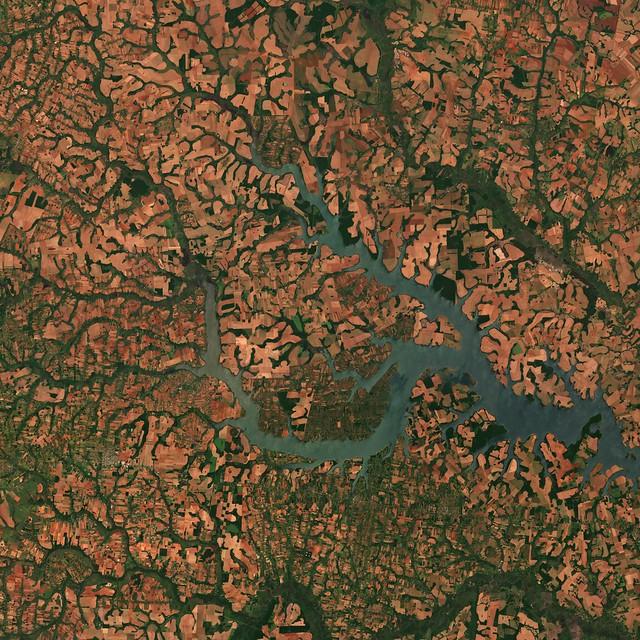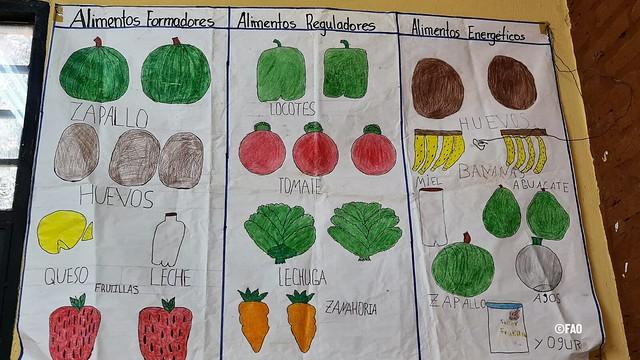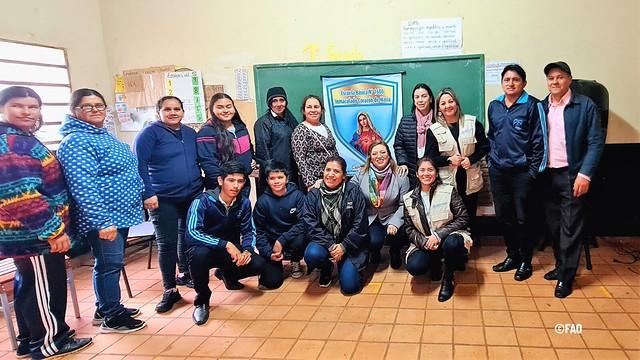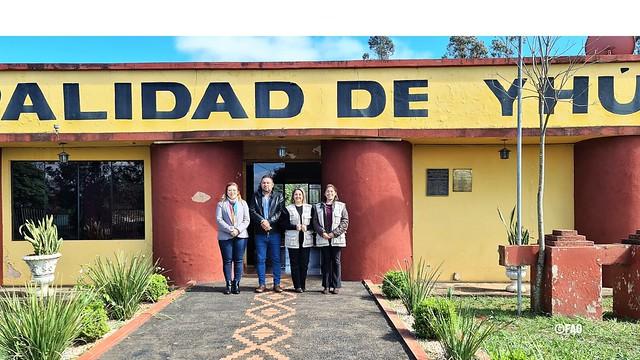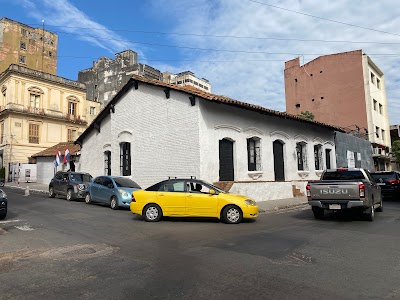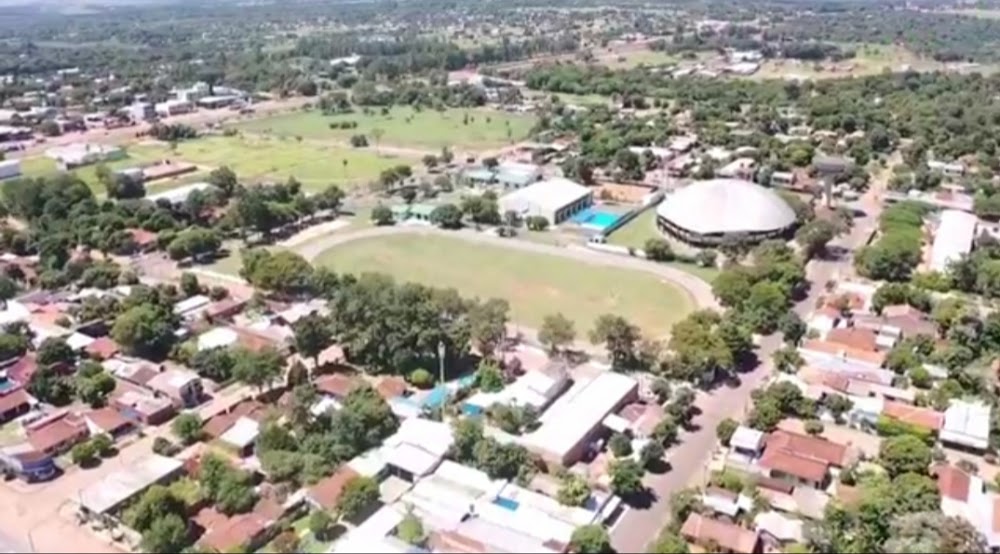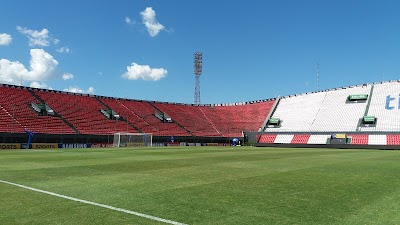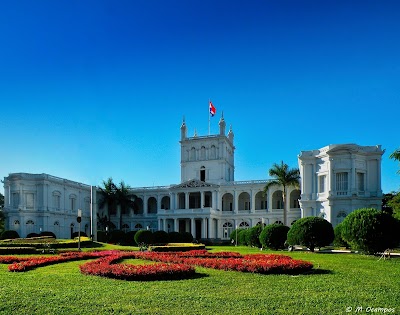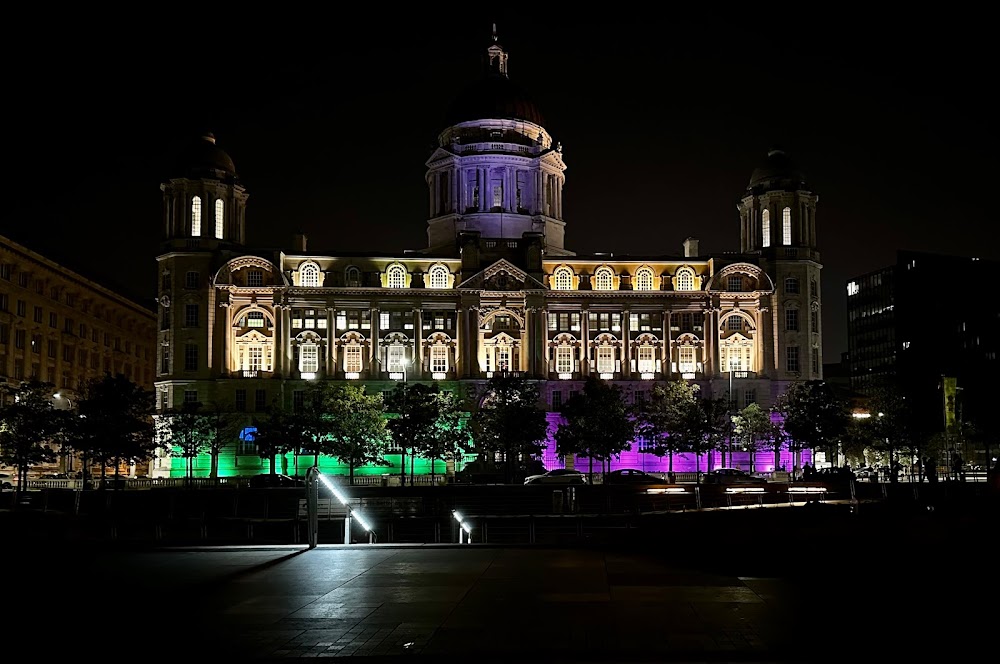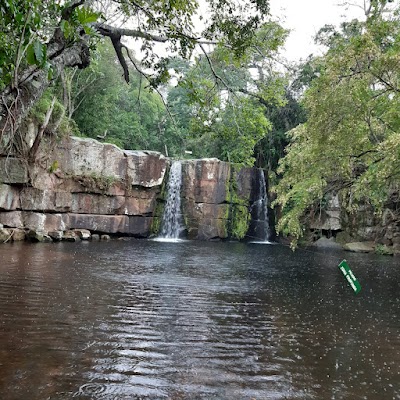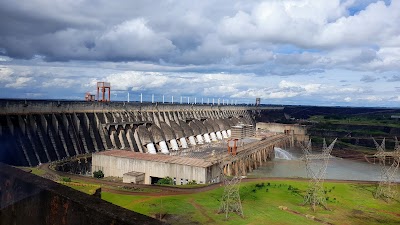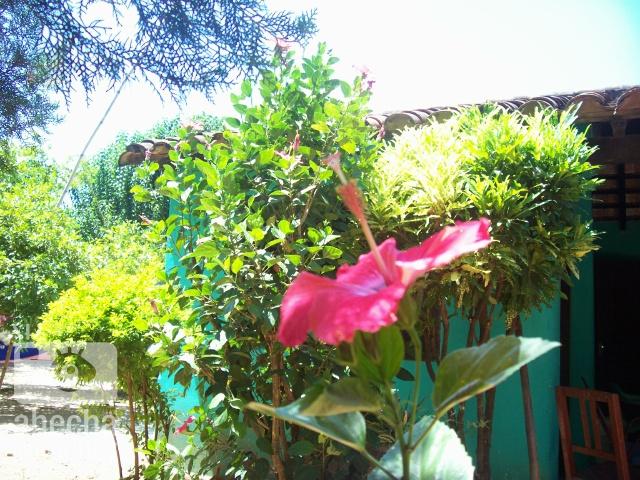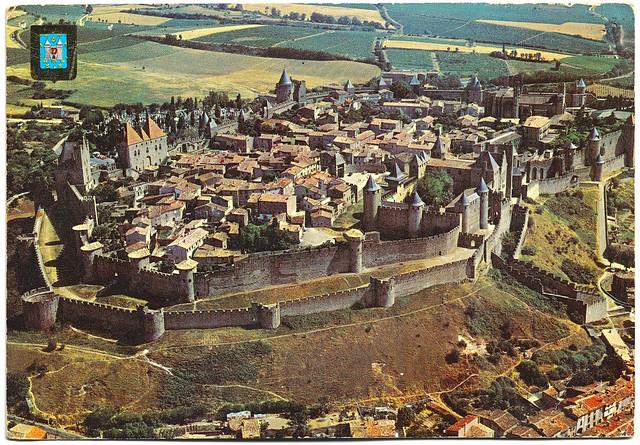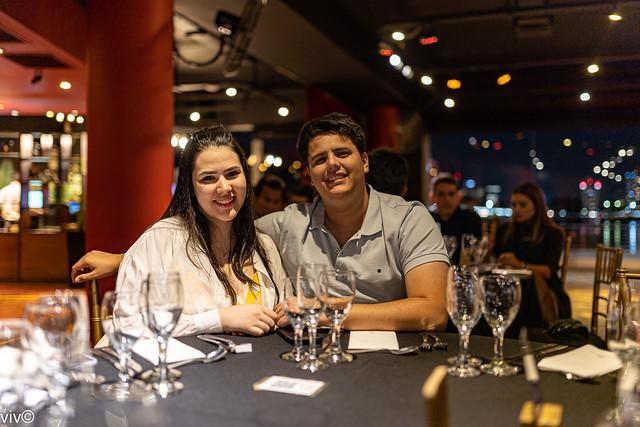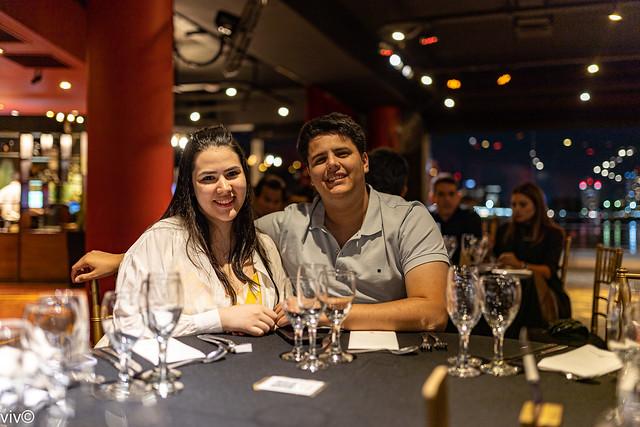Caaguazú
Overview
Overview of Caaguazú, Paraguay
Caaguazú is a vibrant department located in the central region of Paraguay, known for its rich cultural heritage and picturesque landscapes. This area showcases a blend of indigenous and Paraguayan traditions, reflected in its local crafts, music, and festivals. Caaguazú is unique due to its extensive natural reserves and forests, which include parts of the vast Paraguayan Atlantic Forest. The state's capital, Coronel Oviedo, serves as a bustling hub where travelers can experience the local lifestyle, explore traditional markets, and enjoy regional cuisine. The blend of natural beauty and cultural richness makes Caaguazú an intriguing destination for those looking to explore beyond the typical tourist paths.
Tourism Season and Activities in Caaguazú
The best time to visit Caaguazú is during the dry season, which runs from May to September. During these months, the weather is more temperate and conducive to exploring the outdoors. This is the high season for tourism, when visitors can fully engage in activities such as hiking in the lush, green reserves, bird watching, and visiting natural attractions like the Salto Cristal, a breathtaking waterfall. Cultural events such as the Ykua Bolaños festival in August offer a chance to experience local customs and festivities. Additionally, this season is ideal for participating in outdoor sports and other recreational activities that are available across the department.
Preparations for Traveling to Caaguazú
Before visiting Caaguazú, travelers should prepare by researching local customs and language basics; Spanish is the predominant language, and knowing some key phrases can be very helpful. It's advisable to pack according to the season; lightweight clothing for the warmer months, and something warmer for cooler evenings during the dry season. Ensure to bring good hiking shoes if you plan to explore the natural terrains. Vaccinations may be recommended or required, so checking with a travel clinic well in advance is essential. Lastly, since rural areas may have limited access to ATMs and credit card facilities, carrying some local currency (Guaraníes) is recommended for smaller transactions and in areas less frequented by tourists.
How It Becomes to This
History not available

Places in Caaguazú
Explore the most popular attractions and landmarks
You May Like
Explore other interesting states in Paraguay
Discover More Area
Delve into more destinations within this state and uncover hidden gems.


